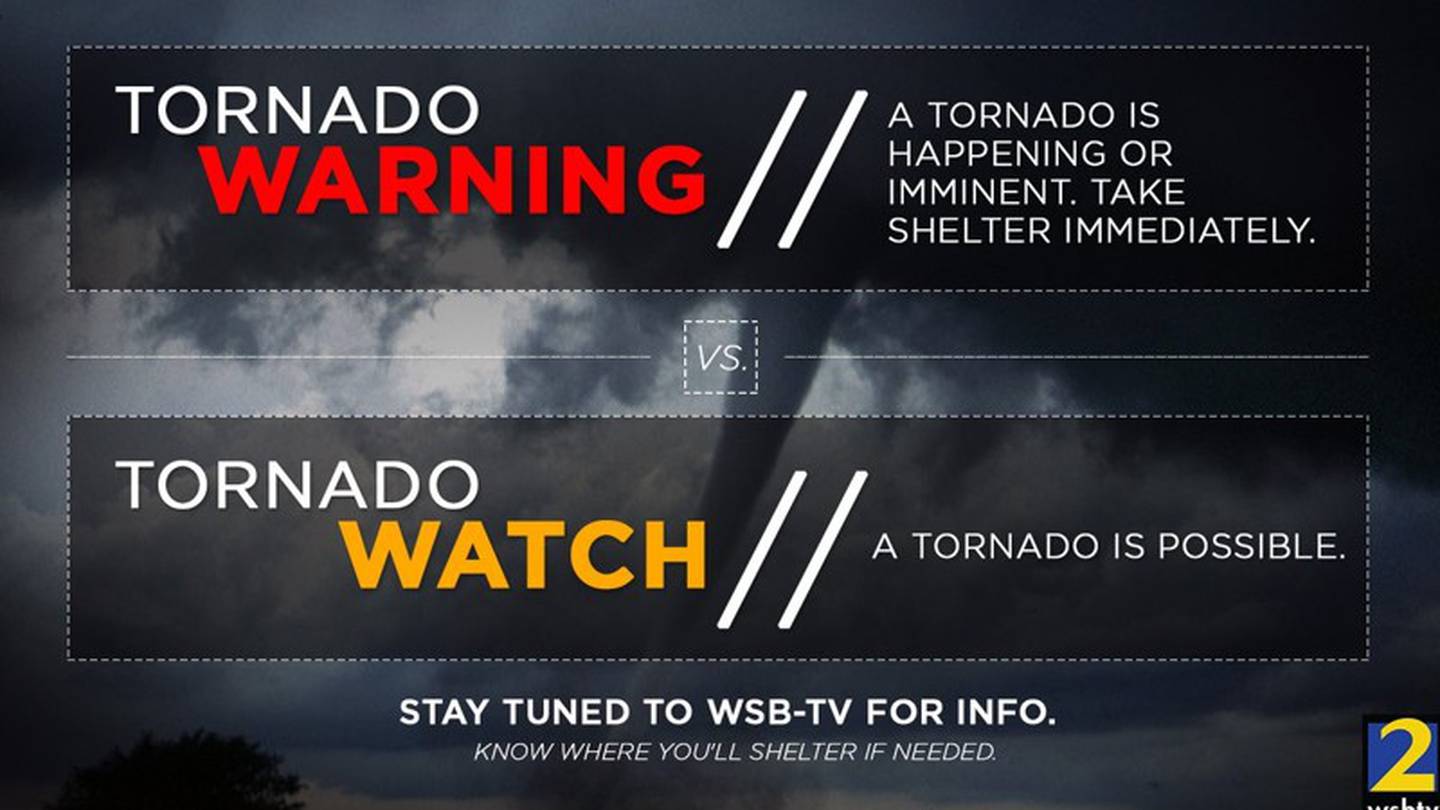Tornadoes are one of the most destructive forces of nature, capable of causing widespread damage and loss of life. When severe weather strikes, it’s important to have a good understanding of the different alerts and warnings issued by the National Weather Service (NWS). Two common terms you may hear during a tornado event are “tornado watch” and “tornado warning.” But what exactly do these terms mean, and which is worse? Let’s dive in and explore the difference between a tornado watch and warning.
**A tornado watch is issued when conditions are favorable for the development of tornadoes**. It does not mean that a tornado is imminent or even certain to occur. Rather, it serves as a heads up for residents in the affected area to be prepared and stay informed about changing weather conditions. During a tornado watch, you should remain vigilant and take steps to ensure your safety, such as monitoring local news or weather updates, securing outdoor objects that could become projectiles, and reviewing your emergency plan.
Tornado Watch: The Potential for Danger
During a tornado watch, the National Weather Service forecasts the possibility of severe thunderstorms and tornadoes in a designated area. Watches are typically issued for a broad region and can cover several counties or even multiple states. The primary purpose of a tornado watch is to alert the public and emergency management officials to the potential for dangerous weather conditions. It’s important to note that a watch does not guarantee that a tornado will occur, but it means that the conditions are favorable for tornado development.
What to Do During a Tornado Watch?
1. Stay informed: Keep an eye on the local news, weather reports, and updates from the National Weather Service. Be prepared to take action if the situation worsens.
2. Review your emergency plan: Ensure that everyone in your household knows what to do in the event of a tornado. Identify a safe place to take shelter and discuss the plan with your family.
3. Secure outdoor objects: If you have patio furniture, garden tools, or other items that could become airborne during strong winds, bring them indoors or secure them to prevent them from causing damage or injury.
4. Charge your devices: Make sure your cell phone and other portable electronic devices are fully charged so that you can stay connected in case of power outages.
5. Stay alert: Pay attention to changes in the weather and be prepared to take action if a tornado warning is issued for your area.
Tornado Warning: Take Immediate Action
In contrast, a tornado warning is issued when a tornado has been sighted or indicated by weather radar. It means that a tornado is imminent or occurring and that immediate action should be taken to protect life and property. When a tornado warning is issued for your area, it is crucial to take immediate action and seek shelter in a safe location.
What to Do During a Tornado Warning?
1. Seek shelter immediately: Move to a small, windowless interior room on the lowest level of your home, such as a basement, bathroom, or closet. If you live in a mobile home or are outdoors, find a sturdy building to take shelter in.
2. Cover yourself: Use mattresses, blankets, or pillows to protect yourself from flying debris in case the tornado causes damage to your home.
3. Stay away from windows: Avoid windows and glass, as they can shatter during a tornado. Seek shelter under a sturdy piece of furniture or in an inner hallway if possible.
4. Monitor updates: Maintain contact with local authorities and stay tuned to emergency alerts or weather radios for updates on the tornado’s location and intensity.
Frequently Asked Questions
Q: What’s the difference between a tornado watch and a warning?
A: A tornado watch means that conditions are favorable for tornado development, while a tornado warning indicates that a tornado has been sighted or indicated by radar, and immediate action should be taken to protect yourself.
Q: How long do tornado watches and warnings usually last?
A: Tornado watches can last for several hours, depending on the weather conditions. Tornado warnings, on the other hand, typically last for 30 minutes to an hour, but can be extended if the threat persists.
Q: Can tornadoes occur without a watch or warning?
A: Yes, tornadoes can occur without a watch or warning. It’s important to stay informed about weather conditions and be prepared at all times, especially during severe weather seasons.
Final Thoughts
In summary, while both tornado watches and warnings are important alerts during severe weather events, a tornado warning is more serious and should trigger immediate action. A tornado watch indicates the potential for tornado development, while a tornado warning means that a tornado has been sighted or indicated by radar and poses an imminent threat. It’s essential to stay informed, have a plan in place, and take immediate action when a tornado warning is issued for your area. Remember, it’s always better to err on the side of caution and prioritize your safety and the safety of your loved ones.
